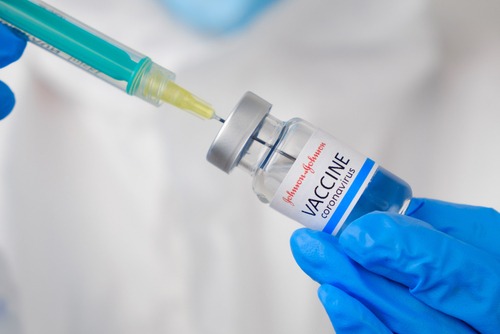
As more vaccine developers consider the potential of COVID-19 boosters, Johnson & Johnson announced this week that the latest data shows its own booster shot provides 94 percent protection when given two months after a first dose.
That represents a major improvement, providing as much as a four-fold increase in antibodies at two months and a 12-fold increase when the booster was given six months after the initial dose. It also achieved this while maintaining the vaccine’s existing safety profile and tolerability. That data has since been provided to the U.S. Food and Drug Administration (FDA), with plans to submit the data to other regulators worldwide.
“Our large real-world evidence and Phase 3 studies confirm that the single-shot Johnson & Johnson vaccine provides strong and long-lasting protection against COVID-19-related hospitalizations,” Dr. Mathai Mammen, global head of Janssen Research & Development, under Johnson & Johnson, said. “Additionally, our Phase 3 trial data further confirm protection against COVID-19-related death. Our single-shot vaccine generates strong immune responses and long-lasting immune memory. And, when a booster of the Johnson & Johnson COVID-19 vaccine is given, the strength of protection against COVID-19 further increases.”
In a real-world evidence study of some 390,000 vaccinated and 1.52 million unvaccinated participants in the U.S., the Johnson & Johnson vaccine was 79 percent effective against COVID-19 infections and 81 percent effective against related hospitalizations. No reduced efficacy was seen, even as other strains of the virus became dominant.
Booster shots were administered at two months (56 days, specifically) and six months after the original Johnson and Johnson vaccine. At two months, this increased protection against severe cases of COVID-19 to 100 percent, provided 75 percent protection against symptomatic cases abroad and 94 percent protection against symptomatic cases in the U.S. It also brought the aforementioned increases to antibodies.




